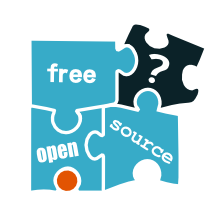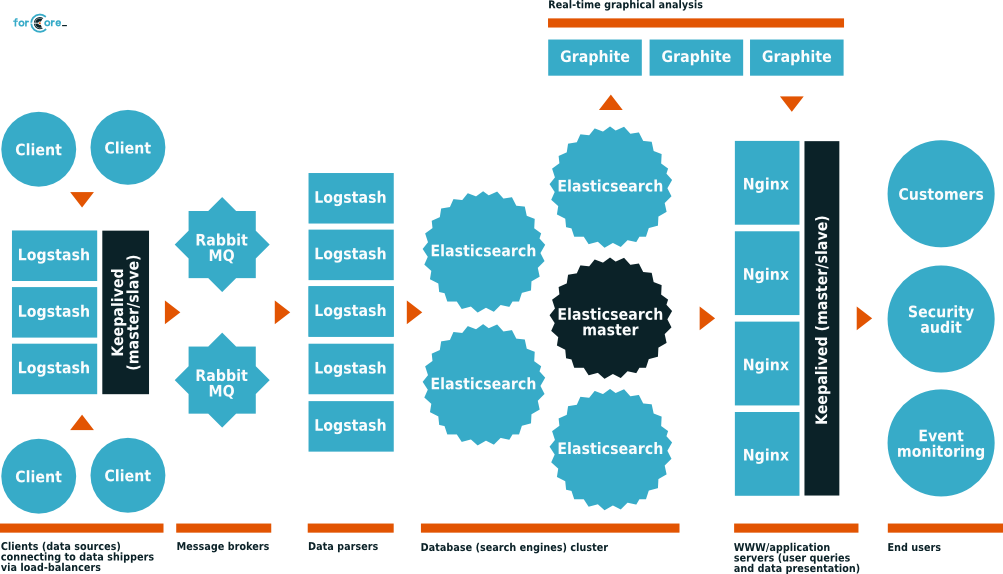Free and open-source software constitutes currently a standard in many professional applications in the IT industry. Even the largest institutions, also those historically associated with a traditional distribution channel, more and more willingly take advantage of the open-source model when licensing their products. It can be seen especially in the most dynamically developing IT sectors such as mobile technologies and cloud computing.

Undoubtedly, this trend is a result of low costs of creating and testing the software, of no license fees, ease of tailoring to particular needs and wide range of possibilities of combining with open as well as closed commercial applications. These features cause that FOSS (free and open-source software) is a material very susceptible to integration in the process of building complex IT systems.
Difficulties
What is to remember is that efficient use of open-source tools in advanced projects, that have to meet standards of enterprise-class solutions, requires not only an in-depth, interdisciplinary knowledge of the applications themselves, a system layer, networking and interaction patterns between particular components of the created solution. Specificity of the open-source results in a need of efficient use of development tools. The software for application testing, integration servers and platforms used by developers for communication and bug tracking is an example. It is appropriate to know and understand the specificity of the largest open-source projects as well as to be aware that building complete solutions quickly and – most important – cheaply is not possible without a detailed thorough discernment in hundreds of smaller ones. Building missing components from scratch is mostly unacceptable due to time and financial limits.

The solution
The forCore team specializes in creating IT systems based on solutions characterized by the most dynamic development and the rapidest increase in deployments. We try not only to track the current paths of application and system development, but also to use a broader approach. Our advantage is an ease of distinguishing trends that will shape the profile of the IT industry and an ability to avoid 'dead ends' of products that have no real chances for being accepted by the market. We are sure that our experience enables us to do so efficiently. Therefore, despite participation in projects using different license models, we focus on the products built with free and open-source software (FOSS).
In regard to the software integration in the broad sense we propose:
- designing IT systems based on free and open-source software running on GNU/Linux operating system,
- tailoring applications and tools to the Customer's needs by modification of the source code, by process of comprehensive configuration of its components and optimization of the network, system and application layers,
- expanding current systems by adding additional functions (e.g. monitoring, redundancy and load balancing, cluster services, distributed storage).
By proposing you the solutions, that are characterized by the highest potential and development perspective, we enable you to achieve a real market advantage. Competitors, especially in the form of the enterprises which have been longer in the market, has often a too conservative approach. In the long term, it limits the ability to react to changes fast enough.
Indisputably, the IT industry, especially in the sector of new technologies, is characterized by an exceptional dynamic. We want to help our Customers to fully realize the potential.

